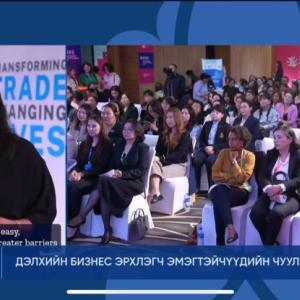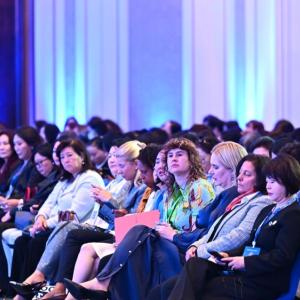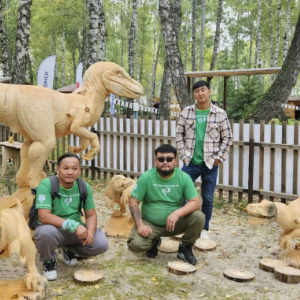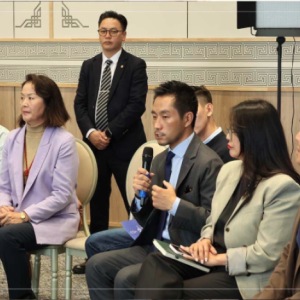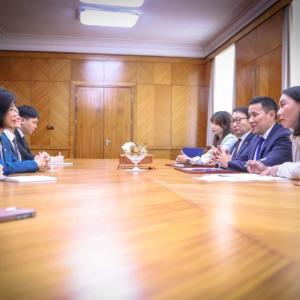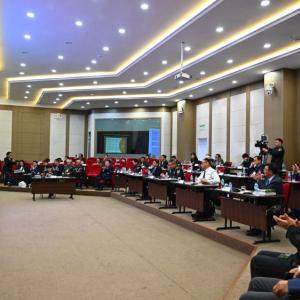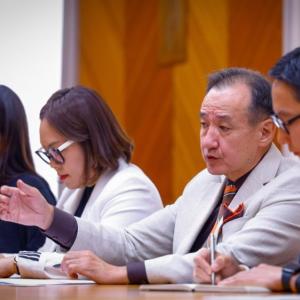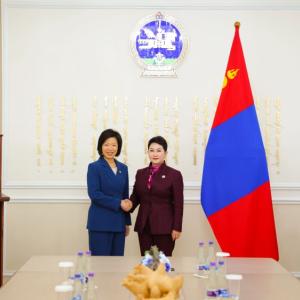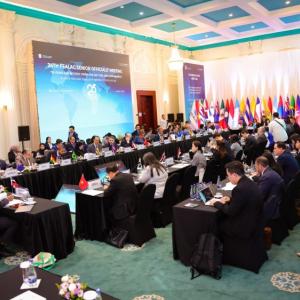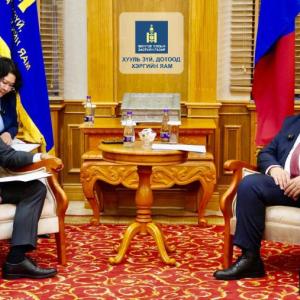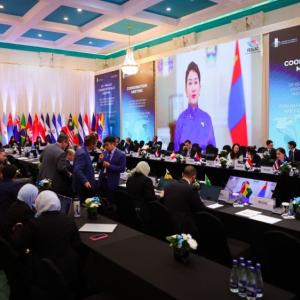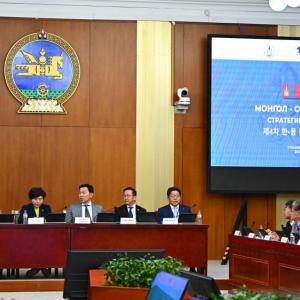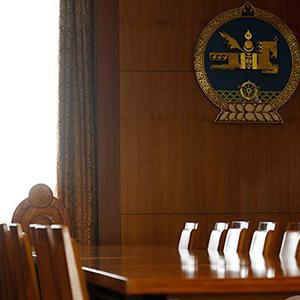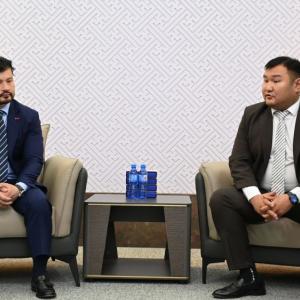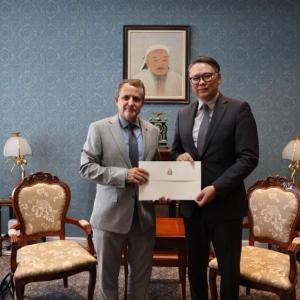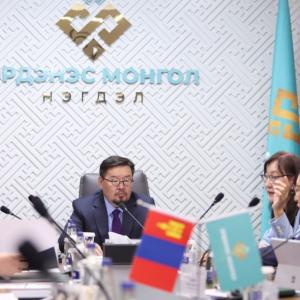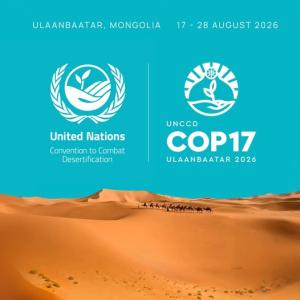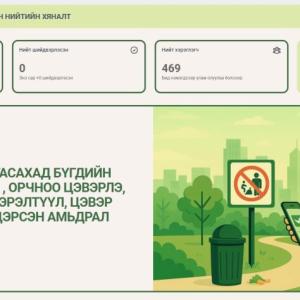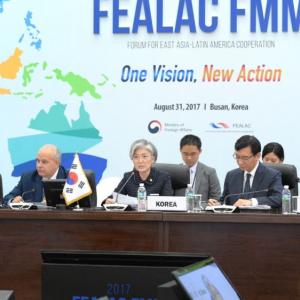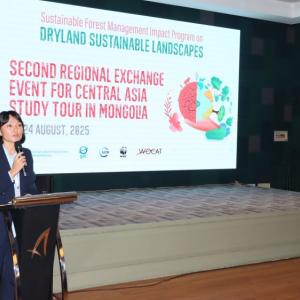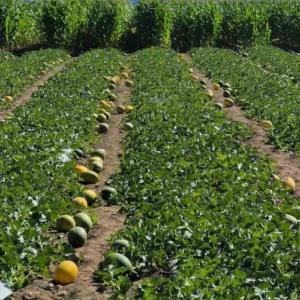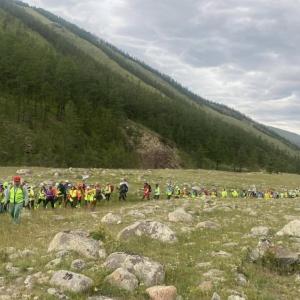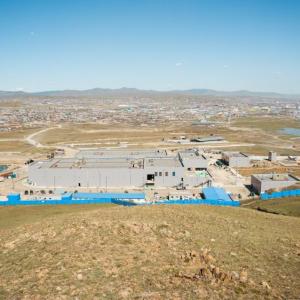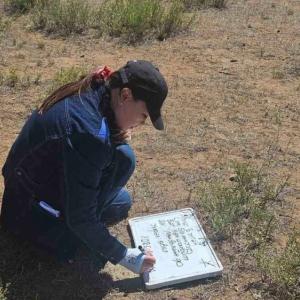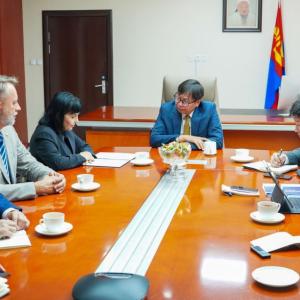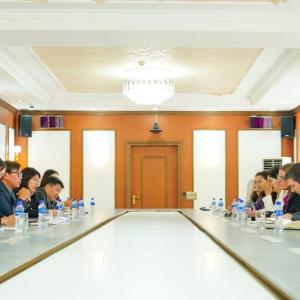First findings of MICS Plus presented
Society
Ulaanbaatar /MONTSAME/ Today the National Statistics Office of Mongolia and UNICEF are presenting the findings of the first two rounds of the Multiple Indicator Cluster Survey Plus (MICS Plus) 2020-2021. MICS Plus is a new initiative of UNICEF’s MICS programme, to support countries in conducting phone surveys for the collection of representative data on a frequent basis, and real-time reporting.
Main objective of the survey is to derive estimates of the situation of children, families and households on frequent basis using scientifically rigorous methodology. Understanding the situation of children and households and its changes in evolving emergency situations is critical to formulate timely and relevant interventions and policy decisions.
According to the survey the government of Mongolia has taken various measures to protect people’s livelihoods during the COVID-19 pandemic. While top-up of child money programme reached 68 percent of total household, this percentage was 98 for the households with children. Exemption of the social insurance payment is more prevalent in urban areas (19 percent in rural areas and 31 percent in urban areas) whereas cashmere allowances are more prevalent in rural areas where 61 percent of rural households received the allowance versus 5 percent in urban areas.
Different indicators of the socio-economic state of the households as well as challenges related to the COVID-19 are obtained during the different data collection waves. Thus, the first wave focused on the distance learning of children age 2-17 years old and the second wave focuses on food security and nutritional status of children. Urban and rural areas are main domains of the survey and total sample of 2,200 households was allocated as follows: 400 households from each of the four regions and 600 households from Ulaanbaatar city. Data for the first wave was collected between 18 September and 25 October in three stages and data collection for the second wave was done between December 1-14, 2020. The same households are surveyed during the waves allowing to create panel data. The next wave will focus on distance learning and child protection. Themes of further waves will be identified based on the emerging data needs.
Decision makers, policy developers, international and non-government organizations, private sector, researchers, public, students, academicians and journalists, all can use the data to stay updated on the situation as well as for their programmatic and academic purposes.
MICS Plus report, presentations, infographics and dashboard will be available at NSO website www.1212.mn, and UNICEF MICS website mics.unicef.org.
Source: NSO, UNICEF

 Ulaanbaatar
Ulaanbaatar








